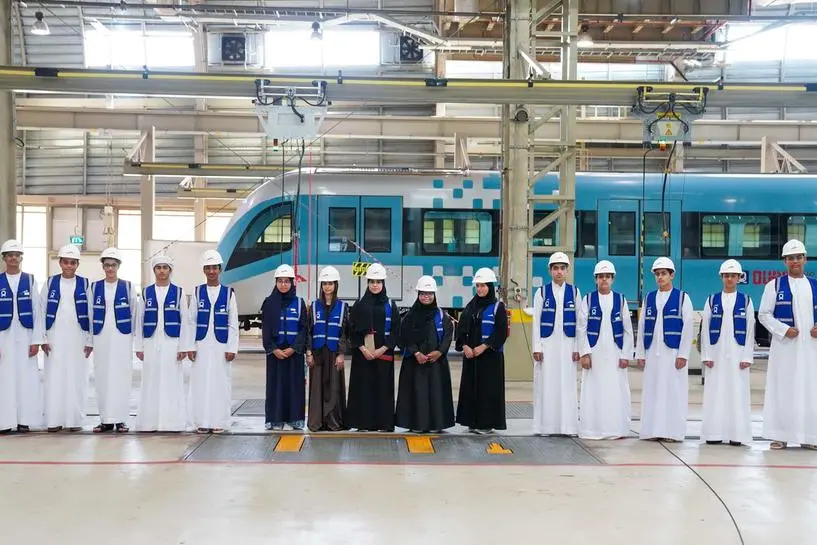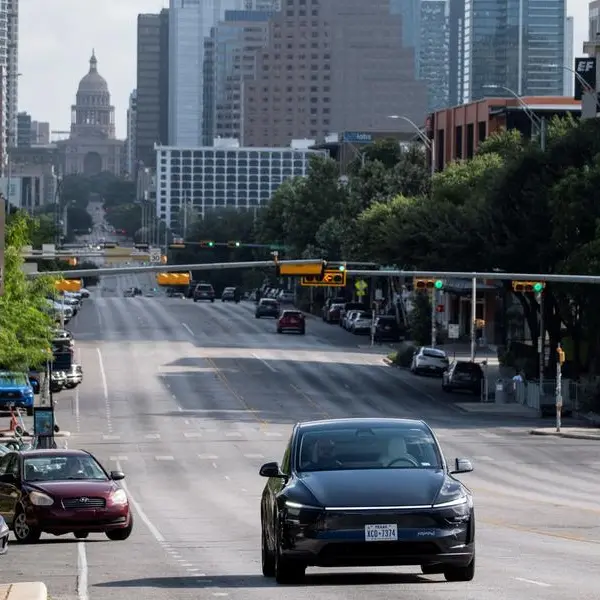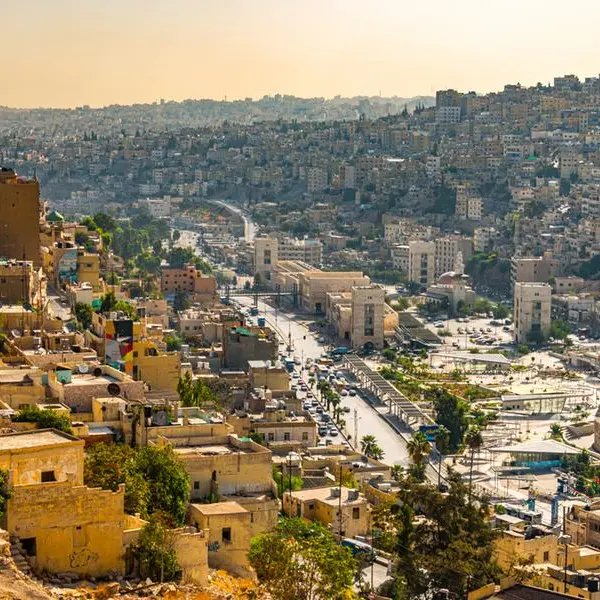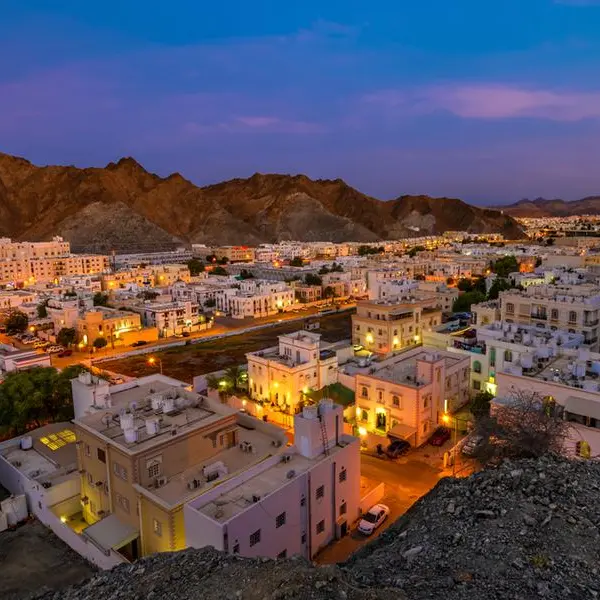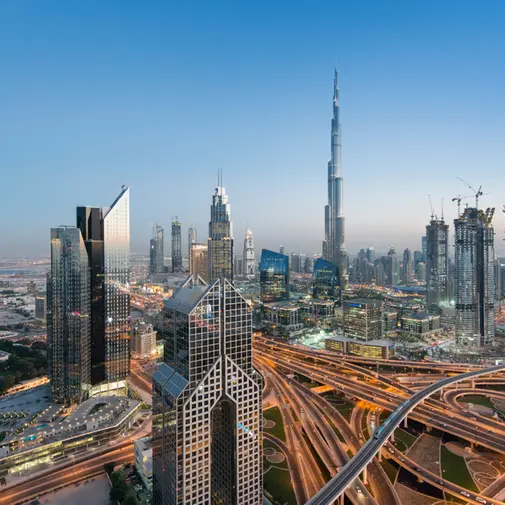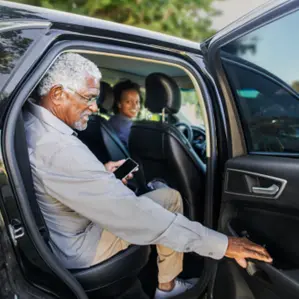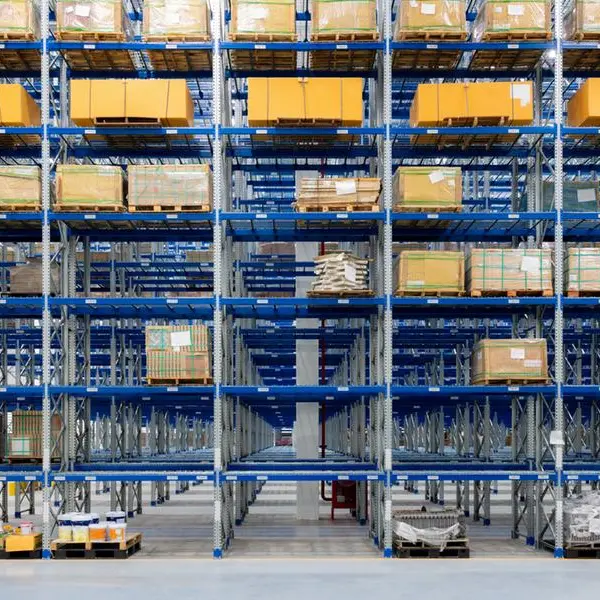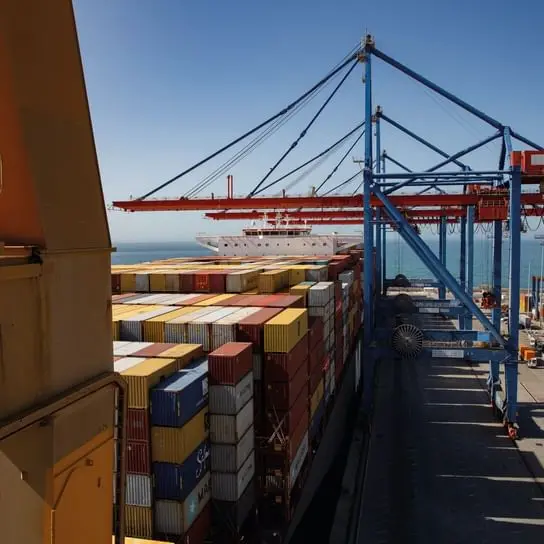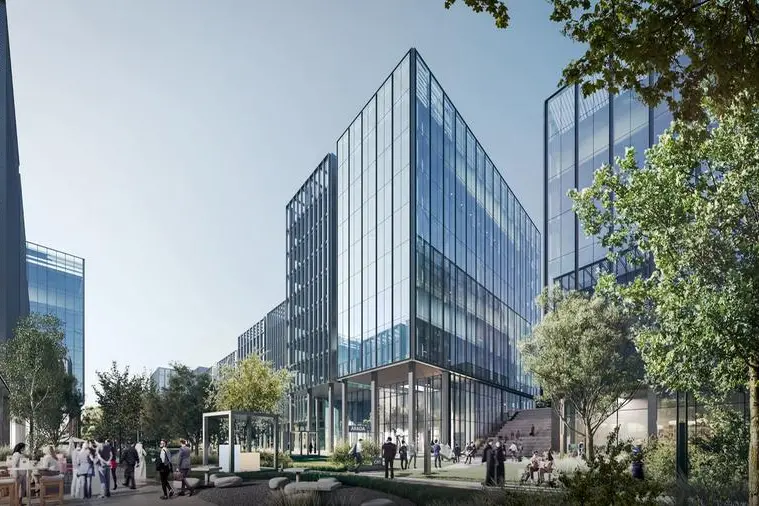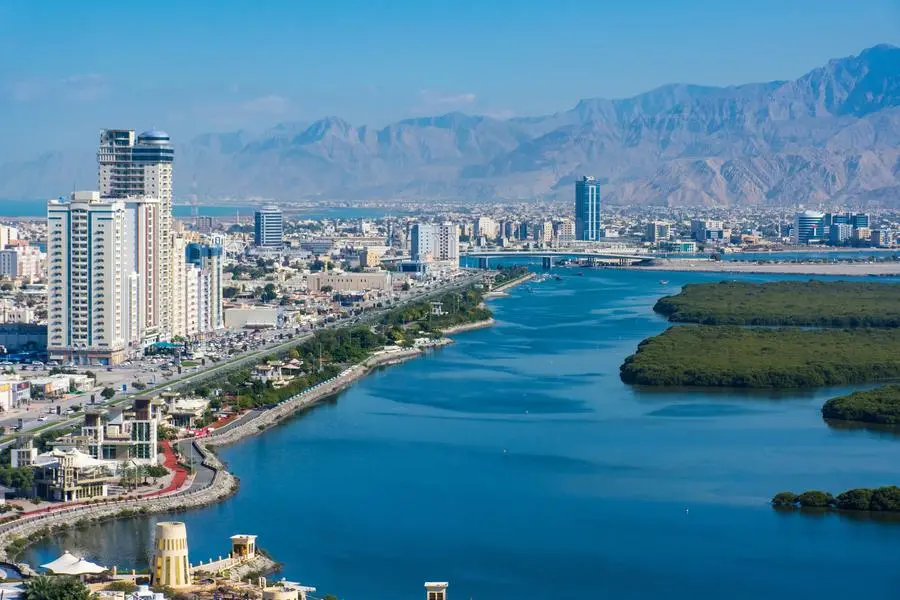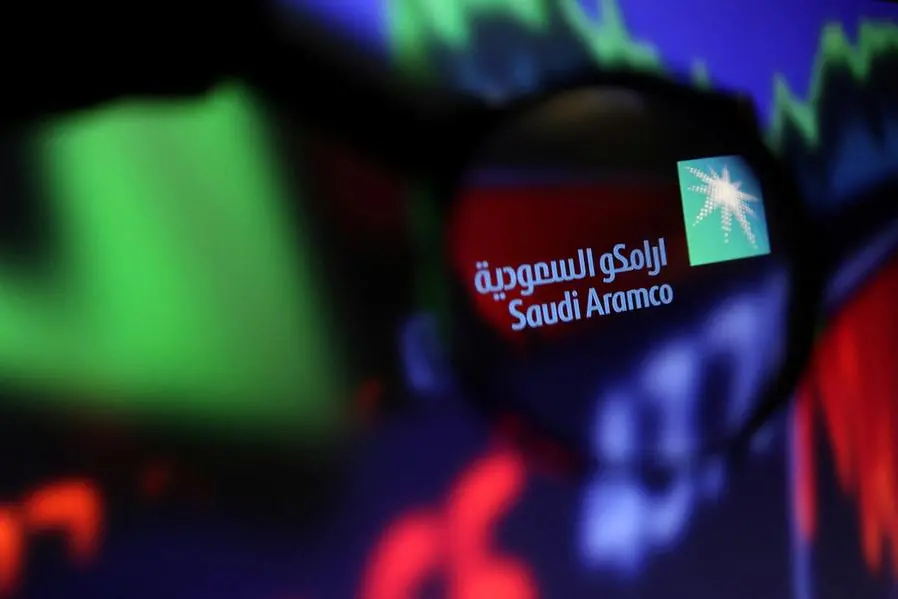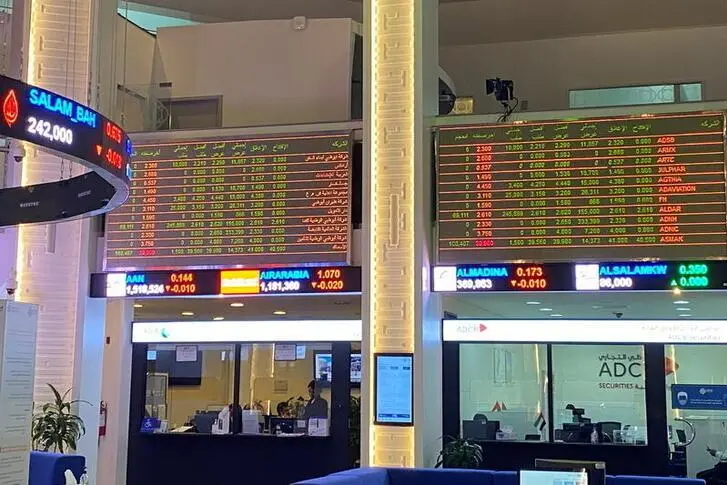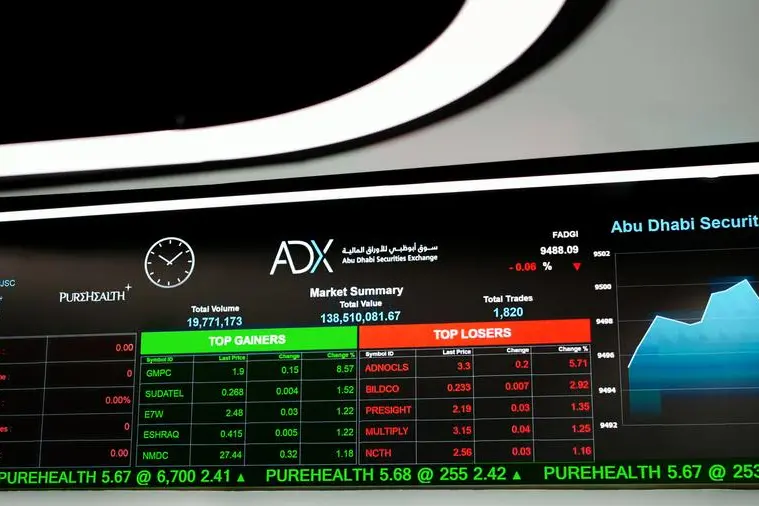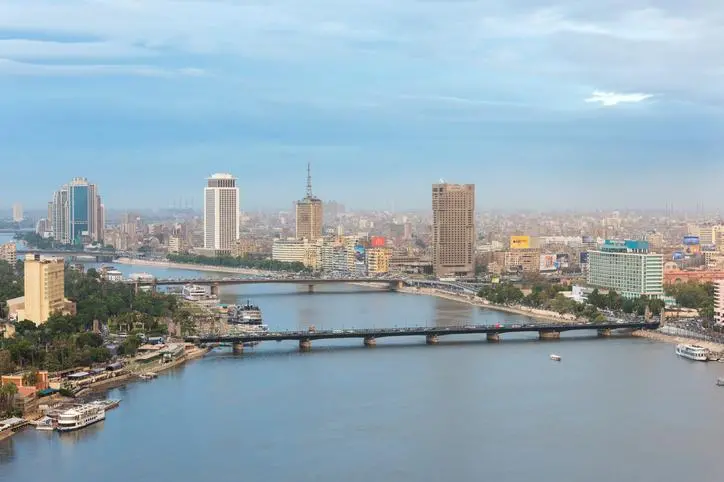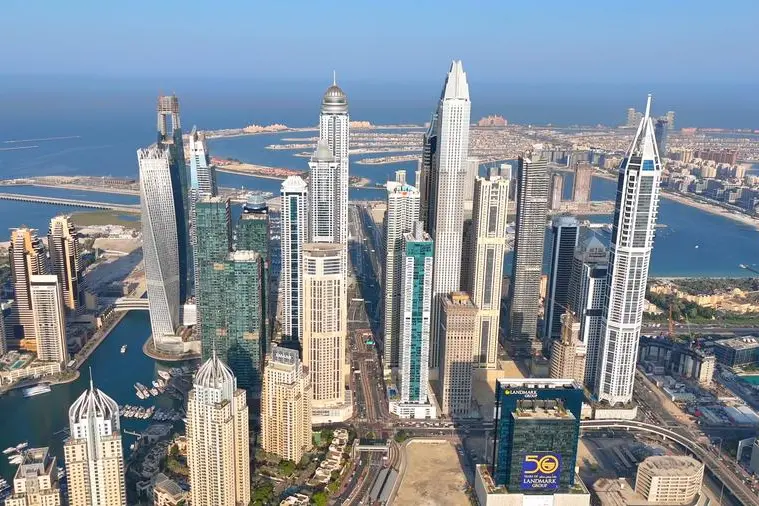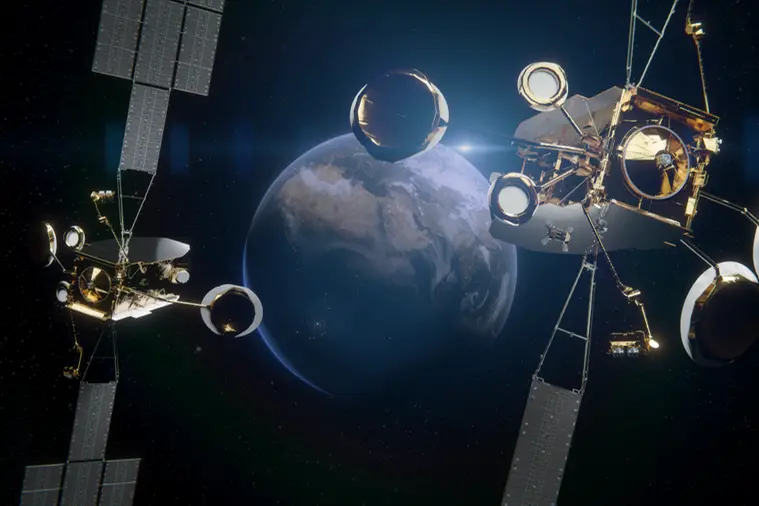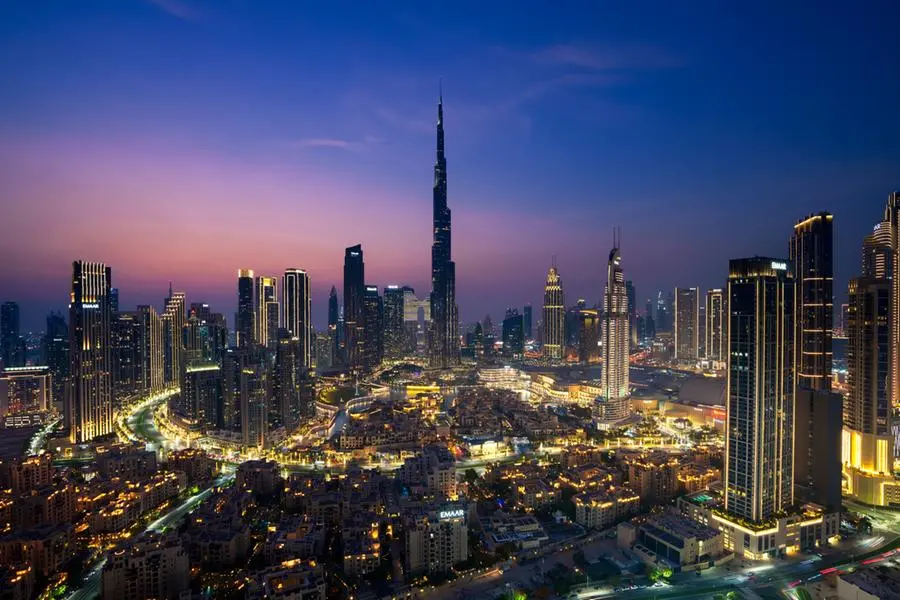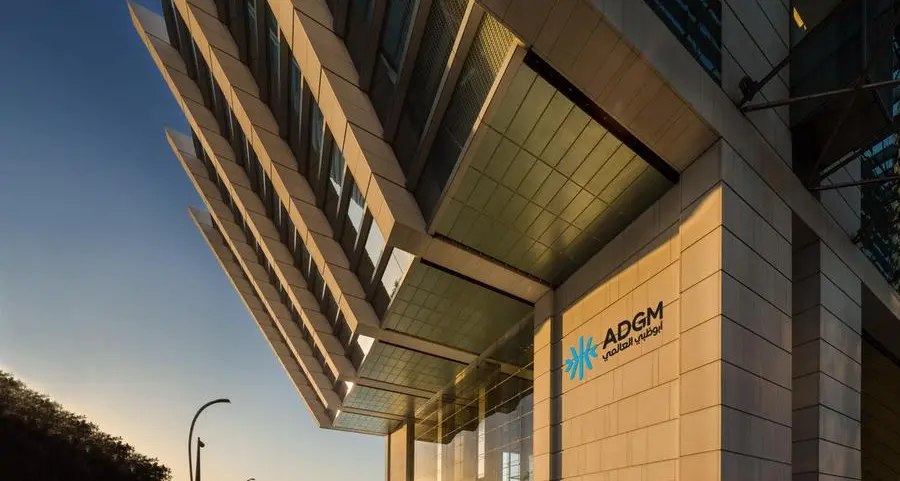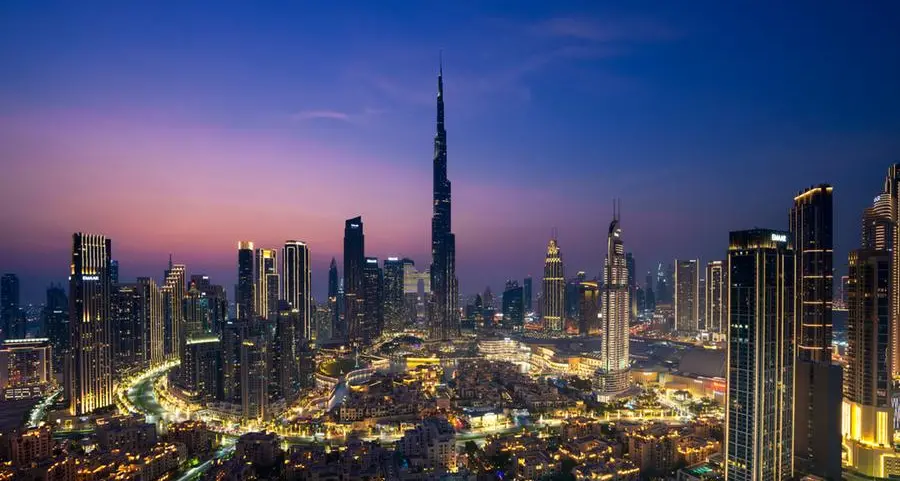PHOTO
Dubai Metro marks 15 years of transforming urban mass transit, carrying 2.4bln riders. Image courtesy WAM
DUBAI – Dubai Metro is celebrating its 15th anniversary tomorrow (Monday, 9th September), marking a significant milestone in its journey of transforming the city’s mass urban transit.
A symbol of Dubai’s spirit of innovation and excellence, the metro has become a vital lifeline connecting key areas across Dubai, providing reliable and sustainable transport for residents and visitors alike.
Since opening on 9 September 2009, the metro has grown to keep pace with the city’s rapid urbanisation, playing an important role in shaping it into a major global hub for business and tourism, and enhancing its status as a city of the future.
Over the last decade and a half, Dubai Metro has consistently grown in ridership, reaching approximately 2.4 billion passengers.
The metro has been instrumental in meeting the demands of the city's rising population and expansion, achieving remarkable success in operational efficiency, punctuality, and adherence to the highest global safety standards.
With an average daily ridership of approximately 730,000 passengers, the metro today is the preferred mode of transportation for numerous residents and visitors. The metro maintains an impressive punctuality rate of 99.7 percent, consistently surpassing its targets and upholding high safety standards and operational efficiency. Since its establishment, Dubai Metro has facilitated 4.3 million journeys, encompassing 26.8 million kilometres.
Mattar Al Tayer, Director General, Chairman of the Board of Executive Directors of the Roads and Transport Authority (RTA), stated: "The Dubai Metro is one of the visionary initiatives of His Highness Sheikh Mohammed bin Rashid Al Maktoum, Vice President and Prime Minister of the UAE and Ruler of Dubai. It aims to provide a world-class public transport infrastructure, positioning Dubai as a global hub for finance and business. The concept is anchored in His Highness's firm belief in the importance of a metro system to meet the growing population and urban development needs of the city. His Highness envisioned the metro as the backbone of a transportation network that links all key areas in the emirate, ensuring safe and smooth travel for passengers. His Highness also directed that the metro's facilities must have the highest standards of elegance and luxury."
“Dubai Metro has been privileged to receive unlimited support and strategic guidance from His Highness Sheikh Mohammed bin Rashid Al Maktoum, as well as from H.H. Sheikh Hamdan bin Mohammed bin Rashid Al Maktoum, Crown Prince of Dubai, Deputy Prime Minister and Minister of Defence of the UAE, and Chairman of The Executive Council of Dubai, and H.H. Sheikh Maktoum bin Mohammed bin Rashid Al Maktoum, First Deputy Ruler of Dubai, and Deputy Prime Minister and Minister of Finance of the UAE,” Al Tayer added.
“Since its inauguration on 9th September, 2009, the Dubai Metro has maintained a continuous track record of success. The metro network has expanded significantly, with the length of lines growing from 52 kilometres to 90 kilometres, the number of stations increasing from 10 to 53, and the number of operating trains rising from 79 to 129. Daily ridership also surged from 20,000 on 10th September, 2009, to 767,000 on 3th September, 2024. On some days, such as New Year's Eve and major holidays, the metro has accommodated up to 900,000 riders in a single day. Furthermore, Dubai Metro has created job opportunities for Emirati nationals, with 228 citizens currently employed by the metro's operating company. It has maintained its status as the world's longest driverless metro project and a landmark project of the Roads and Transport Authority in Dubai, serving as the cornerstone of the emirate's public transport system. It continues to uphold its global reputation for safety, adopting environmentally friendly and effective solutions, supporting green economy principles, and achieving operational efficiency and punctuality in service schedules,” Al Tayer commented.
Al Tayer expressed his satisfaction with the positive indicators reflecting continuous growth in Dubai Metro's ridership, demonstrating that the substantial investments made by the Government of Dubai in developing public transportation infrastructure have been successful and effective. “These investments have supported Dubai's development journey, boosted economic activity, and enhanced the emirate's global competitiveness in attracting and hosting major global events, such as exhibitions, conferences, and international meetings. Notably, Dubai won the bid to host Expo 2020. The metro has also contributed to environmental preservation, reduced the financial impact of traffic congestion, decreased the demand for private vehicle use, and encouraged a shift towards public transport. Moreover, the metro has fostered a cultural shift within the community towards public transportation, with people beginning to appreciate the benefits of a public transport system, such as mental and physical comfort, ease of movement, reduced fuel expenses, and lower vehicle maintenance costs,” Al Tayer explained.
Al Tayer expressed his gratitude to the strategic partners whose collaboration and efforts have been instrumental in the successful operation of the Dubai Metro. Key partners include the Dubai Police General Headquarters, represented by the General Department of Transport Security, and Keolis MHI, the company responsible for operating the metro. He also thanked the users of the Dubai Metro, who have made it their first choice for commuting across the emirate, for their commitment to the rules and regulations governing the use of the metro and using the project's facilities with care. Notably, no cases of deliberate damage or vandalism to the project's facilities have been recorded over the past years. He also commended the employees of the RTA, particularly those of the Rail Agency, for their efforts in supervising and monitoring the metro's operation.
The trajectory of Dubai Metro ridership has shown continuous growth since the service launch. From September to the end of December 2009 (four months), the number of riders rose from 6.089 million to 38.089 million in 2010. This number further increased to 69.001 million in 2011. In 2012, there was a significant jump, with passenger numbers reaching 109.049 million. By 2013, the figure climbed to 137.076 million, and in 2014, it rose to 164.031 million.
In 2015, the number increased to 178.065 million, and in 2016, it reached 191.033 million. The figure exceeded 200 million, reaching 200.075 million in 2017, and 2018 recorded the highest number of passengers since the project's launch, with 204.041 million. In 2019, the number of passengers was 202.098 million.
Despite the global COVID-19 pandemic in 2020, Dubai Metro transported 113.063 million riders. The number increased to 151.026 million in 2021, and in 2022, the metro set a record with 225.142 million riders. The growth continued in 2023, reaching 260.034 million riders, while from the beginning of this year until the end of August (8 months), the number of riders stood at 175.46 million.
On 29th June, 2016, His Highness Sheikh Mohammed bin Rashid Al Maktoum approved the awarding of the Route 2020 project contract to extend the Dubai Metro's Red Line from Jebel Ali Station to the Expo 2020 site. Valued at AED10.6 billion, the contract was awarded to the Expo link Consortium, which includes French, Spanish, and Turkish companies.
On 5 September of the same year, His Highness Sheikh Hamdan bin Mohammed bin Rashid Al Maktoum laid the foundation stone for the Route 2020 project, marking the start of construction. On 8th July, 2020, His Highness Sheikh Mohammed bin Rashid Al Maktoum officially launched the Route 2020 line of the Dubai Metro. Route 2020 spans 15 kilometres (11.8 kilometres above ground and 3.2 kilometres underground). It connects seven stations (one interchange station with the Red Line, a station at the Expo site, three elevated stations, and two underground stations).
It serves densely populated areas such as The Gardens, Discovery Gardens, Al Furjan, Jumeirah Golf Estates, and Dubai Investment Park, home to over 270,000 residents. The journey from Dubai Marina to Expo Metro Station takes about 16 minutes. The line has a capacity of 46,000 riders per hour in both directions.
In continuation of RTA’s efforts to develop the public transport network, on 23rd November, 2023, His Highness Sheikh Mohammed bin Rashid Al Maktoum approved the route of the Dubai Metro Blue Line, which will stretch 30 kilometres and connect 14 stations. The line is designed to serve key areas with an expected population of about one million people, according to the Dubai 2040 Urban Master Plan.
The Blue Line is the fifth strategic project in the portfolio of public transport projects, following the Red and Green Lines of the Dubai Metro, the Dubai Tram, and Route 2020. It is also one of the largest strategic projects in the public transport industry, contributing to the Dubai Economic Agenda D33 and the objectives of the Dubai Urban Plan 2040 aimed at making Dubai the best city for living in the world and enhancing its global competitiveness as an attractive hub for international events. The Blue Line will also enhance connectivity and integration with the Red and Green Lines of the Dubai Metro and provide direct links between Dubai International Airport and nine key areas along the route, with travel times expected to range between 10 and 25 minutes.
The Blue Line has several distinctive features, including the first Dubai Metro bridge to cross Dubai Creek, spanning 1,300 metres, and two iconic stations—one at Dubai Creek Harbour and the other at Dubai Silicon Oasis (the fifth urban centre). Both stations boast unique architectural designs by the globally renowned firm Skidmore, Owings & Merrill (SOM). Additionally, the line includes the largest underground transfer station in the metro network, covering over 44,000 square metres, with a capacity of around 350,000 passengers per day. It is also the first transport project compliant with platinum-grade green building specifications.
The Rail Operations Control Centre is one of the most advanced control centres in the world. It manages the daily operation of Dubai Metro services on the Red and Green Lines around the clock (24/7), requiring a high level of precision, speed, safety, and passenger comfort. The centre has helped Dubai Metro achieve the highest global safety standards and operational efficiency in adhering to train schedules, speeding up maintenance operations and decision-making, and reducing the likelihood of malfunctions.
The control centre oversees and monitors train movements and the performance of automatic train operating systems, communications systems, and electrical converters in the trains and metro stations. It also manages the passenger information system, controls train entry to tracks, and regulates train start and stop operations. The design and implementation have ensured environmental control, supervision of safety systems, fire protection, ventilation, and air conditioning in tunnels, stations, and trains. It also checks the functionality of brakes, doors, and engines in each train.
